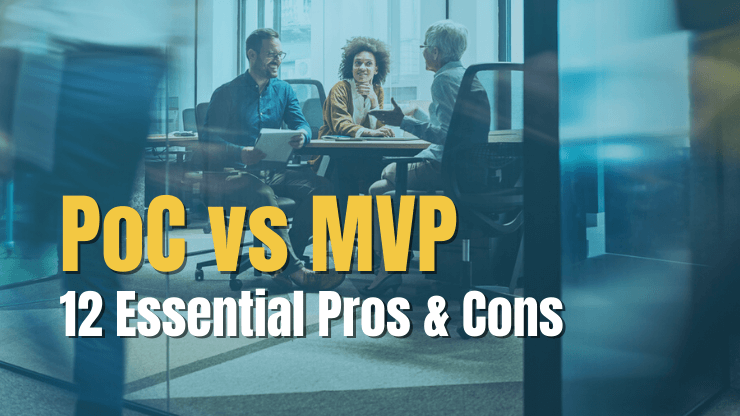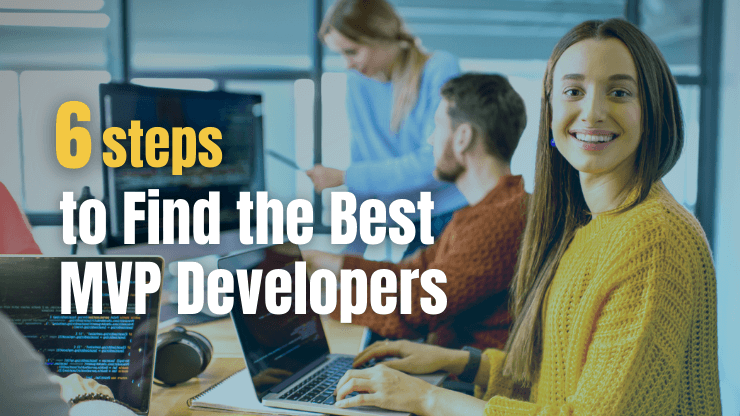SaaS to Analyze Procurement Processes for Emissions Impact
Building a SaaS product that leverages AI/ML to analyze procurement processes for Scope 3 emissions impact
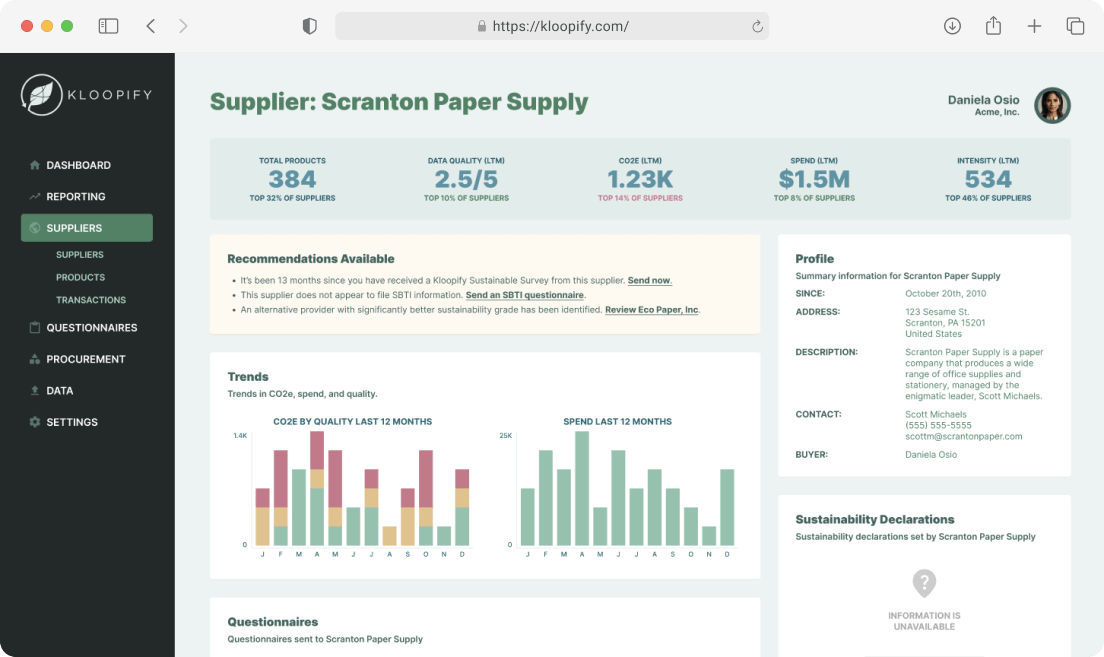

Launch MVP in record time! With our team’s ready-to-use UI design system and pre-coded MVP modules, you’ll get a working product in weeks, collect user feedback, and adapt on the fly to secure immediate market traction.
Kickstart your project with our proven boilerplate approach and get more functionality for your budget without sacrificing quality!

A smarter way to build your software—faster, cost-effective, and reliable.
A production-grade, scalable foundation with essential features already in place—saving you months of development time while ensuring reliability, performance, and faster delivery.
We apply AI tools across the entire Software Development Lifecycle (SDLC) to automate repetitive tasks, accelerate delivery, and free up developers to focus on high-impact work.
Our experienced developers specialize in Domain-Driven Design (DDD) and Vertical Slice Architecture—ensuring your MVP is well-structured, user-friendly, and built to scale.
Get started in just one day with fast setup and smooth onboarding. Our streamlined process ensures quick team integration and immediate focus on building real product value.
A pre-built, high-quality foundation designed to fast-track your MVP development.
Get a head start without sacrificing quality!
💎 $2,500+ Value You Get For Free
⏰ 1 Week Saved

$5,000+ Value You Get For Free
2 Weeks Saved

$8,000+ Value You Get For Free
3 Weeks Saved
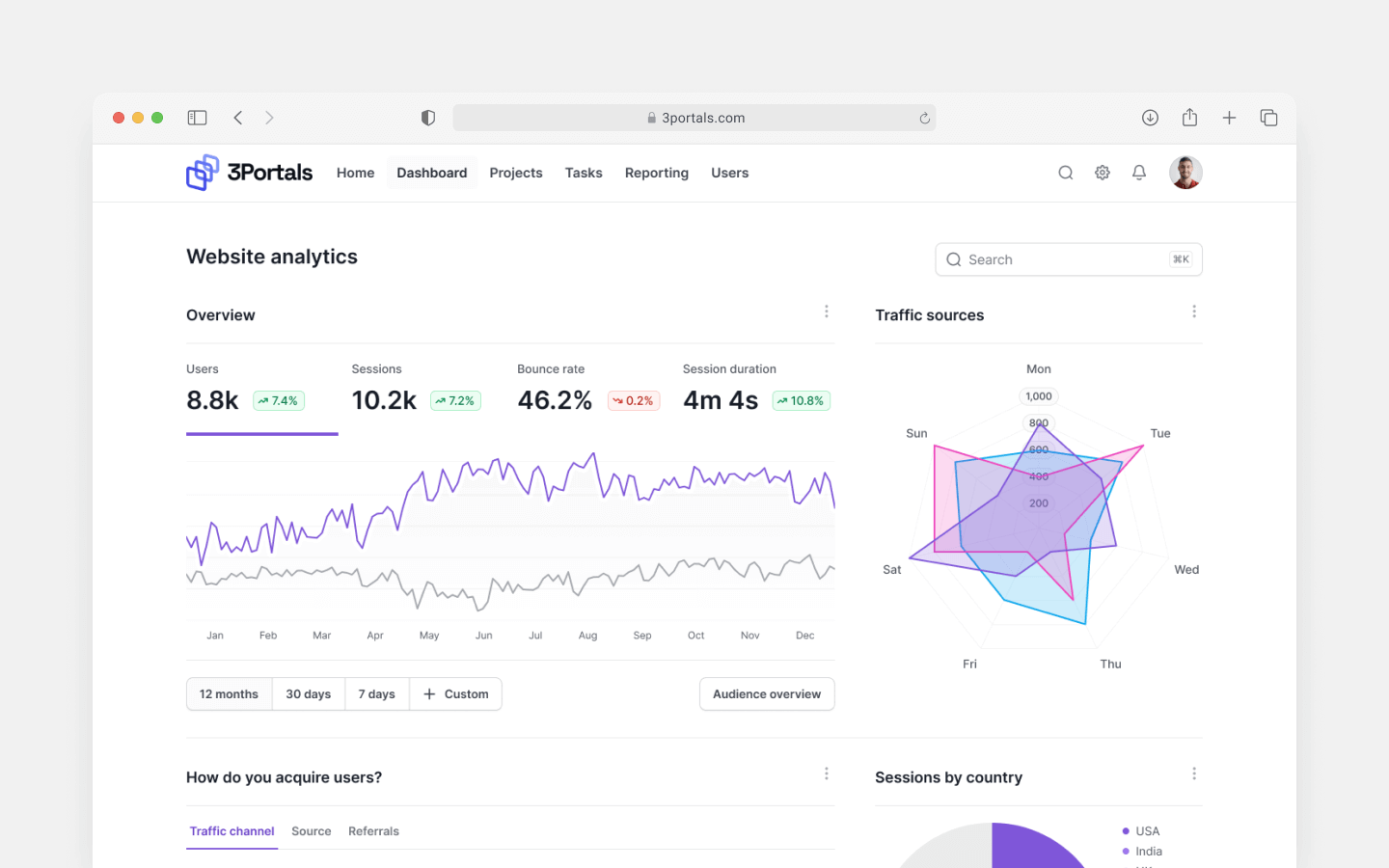
$3,000+ Value You Get For Free
1 Week Saved
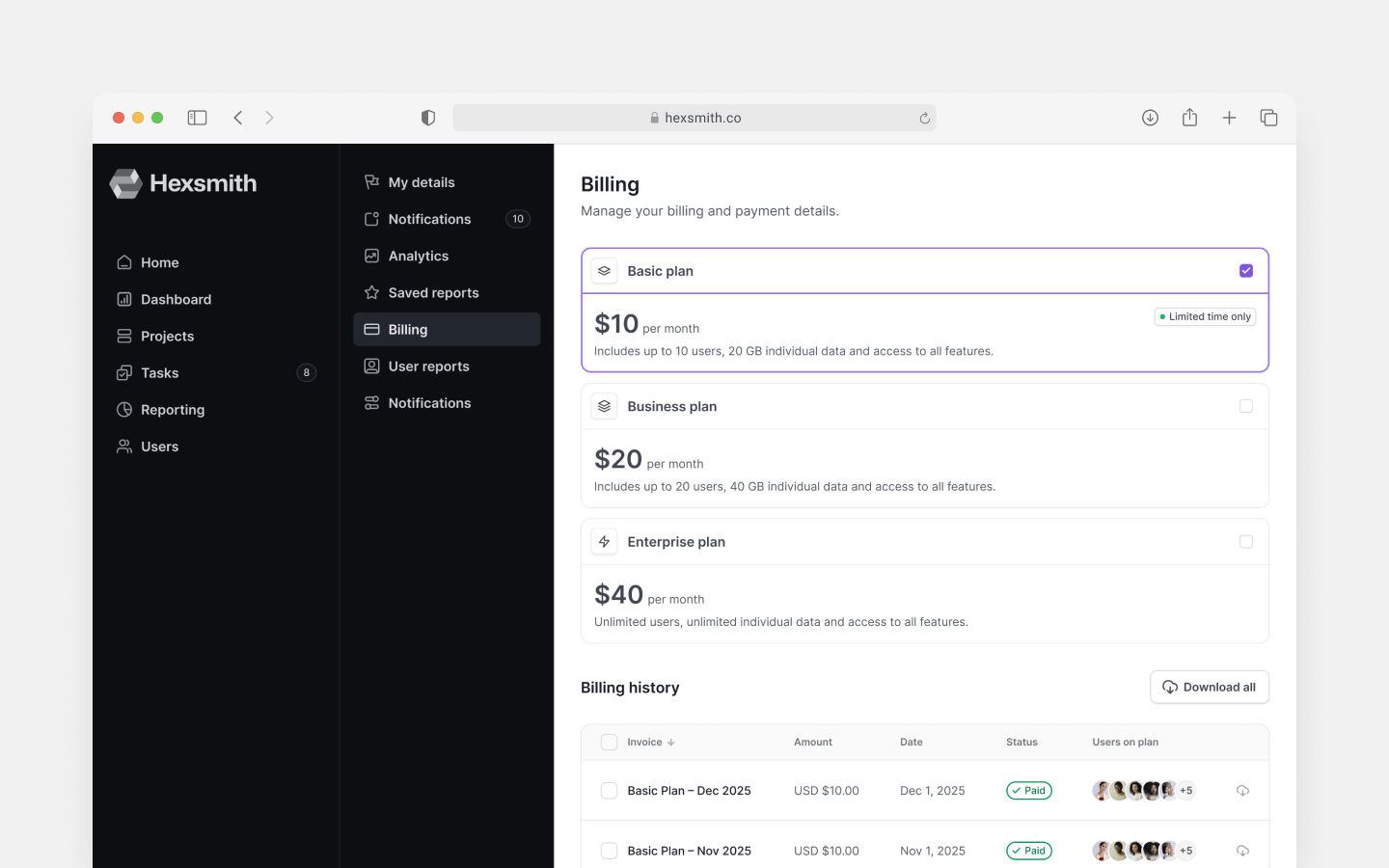
$10,000+ Value You Get For Free
2 Weeks Saved
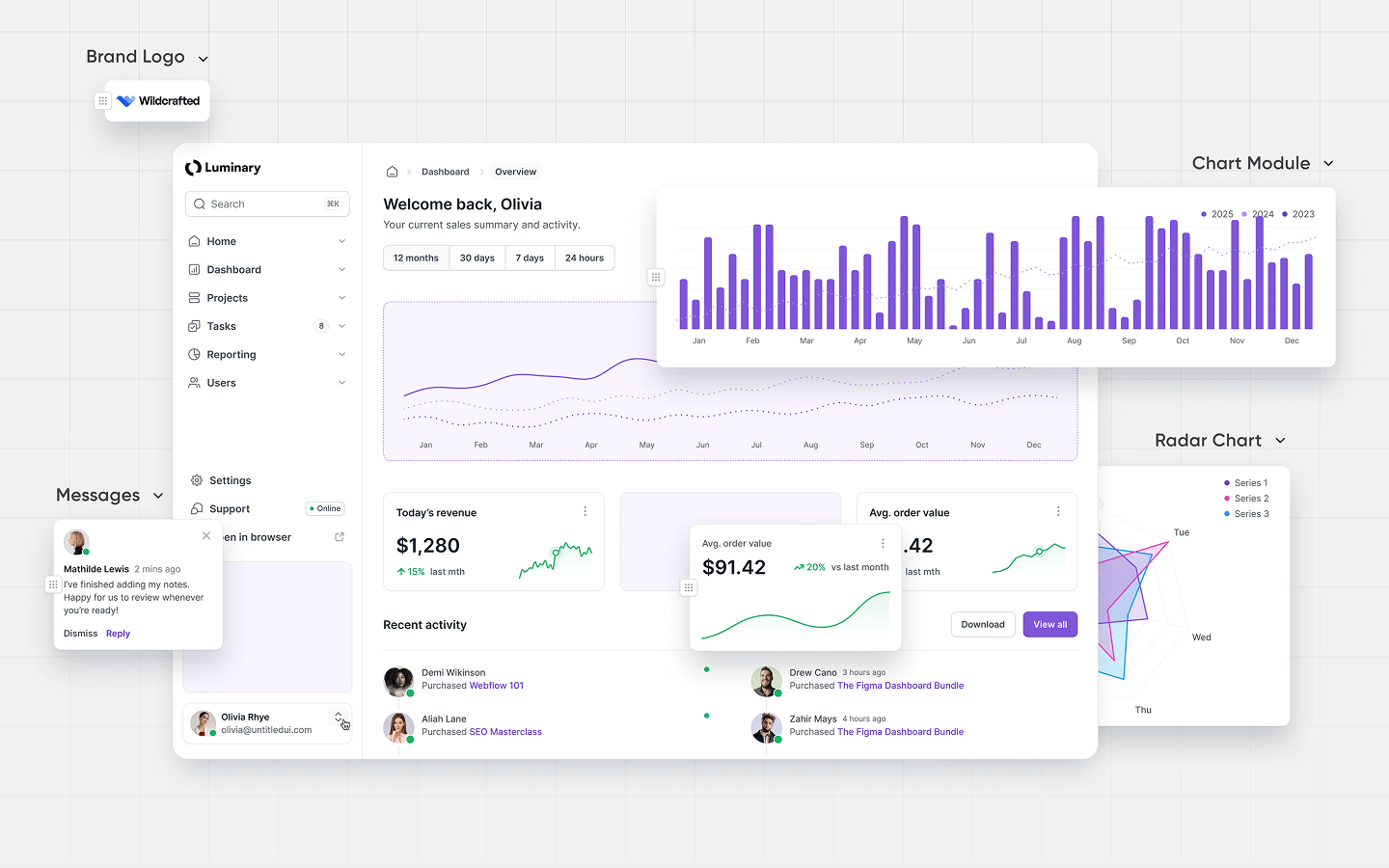
We offer clear, scalable MVP packages tailored to your business stage.
No hidden fees, no guesswork — just expert product development delivering value at every step.
Pick your package | Small$5,000Validate your idea quickly with minimal cost Let’s talk | Medium$15,000Go beyond PoC and build a robust MVP for users Let’s talk | Large$30,000For startups aiming for a production-ready MVP Let’s talk |
|---|---|---|---|
| Pre-Coded Boilerplate Modules | ✅ | ✅ | ✅ |
| Solution Architect and Designer | — | ✅ | ✅ |
| Project Specification | — | High Level | Detailed |
| Core User Journeys | 1 – 2 | 3 – 4 | 5 – 6 |
| Reporting | Weekly updates | Weekly progress report + Dedicated Manager | Weekly progress report + Dedicated Manager |
| Delivery Time | 1 – 2 weeks | 3 – 5 weeks | 7 – 10 weeks |
Traditional software development — especially building from scratch — is slow,
expensive, and often leads to compromised quality.
Traditional Software Development
Our Boilerplate Approach


Shape your business idea into a strategic MVP plan. With expert consideration of your budget, timeline, business requirements, and desired MVP functionality, we'll craft a well-documented roadmap that instills confidence in every step.
Elevate your MVP with our top-notch design services. We blend modern UXs with your vision and target users preferences. Your MVP software success is guaranteed with detailed and structured user testing processes we provide.
Our agile methodology brings your vision to life, from product research to development. With our end-to-end MVP development process, including thorough testing and documentation, you can focus on your business strategy.
Our support extends beyond the launch of your MVP. Accelerate deployment cycles with our DevOps-engineered CI/CD solution, complete with a customized continuous testing suite aligned to your software delivery processes.
We partner with entrepreneurs, business and technology leaders to bring their innovative software-driven products, processes, and business ventures to life.












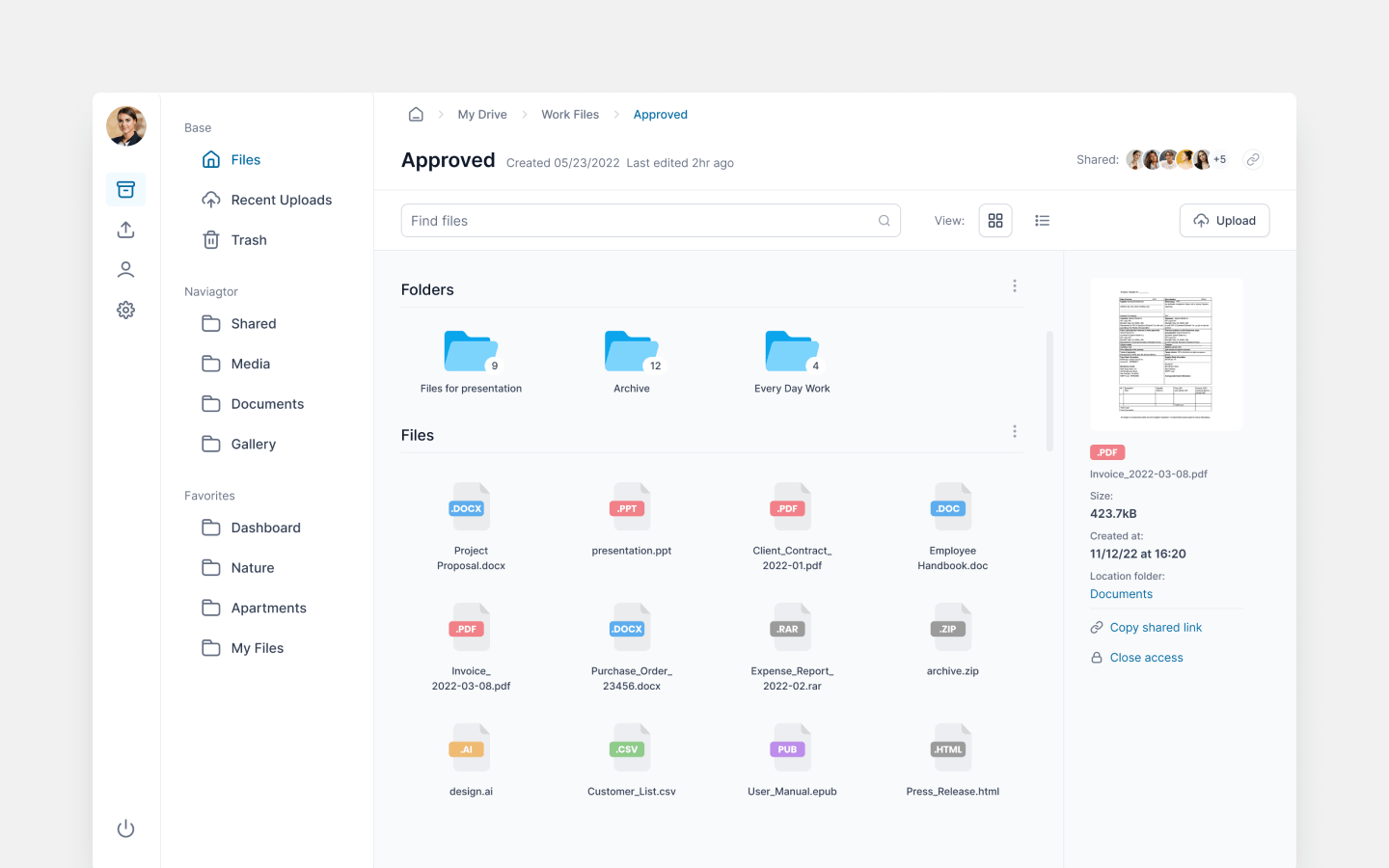
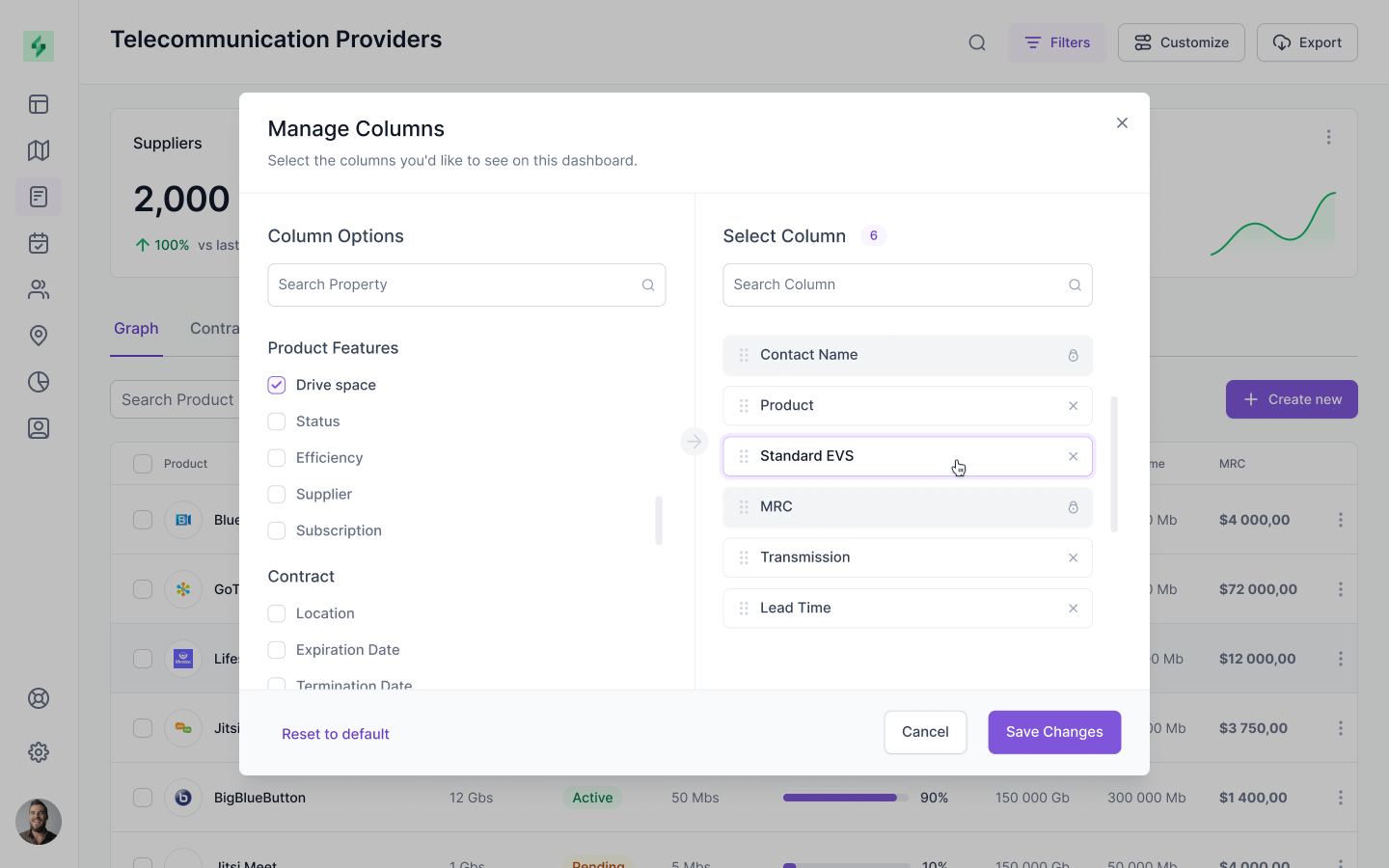



Building a SaaS product that leverages AI/ML to analyze procurement processes for Scope 3 emissions impact

Platform architecture design, React Native mobile apps, Python backend web app development, testing, and QA of a learning experience MVP
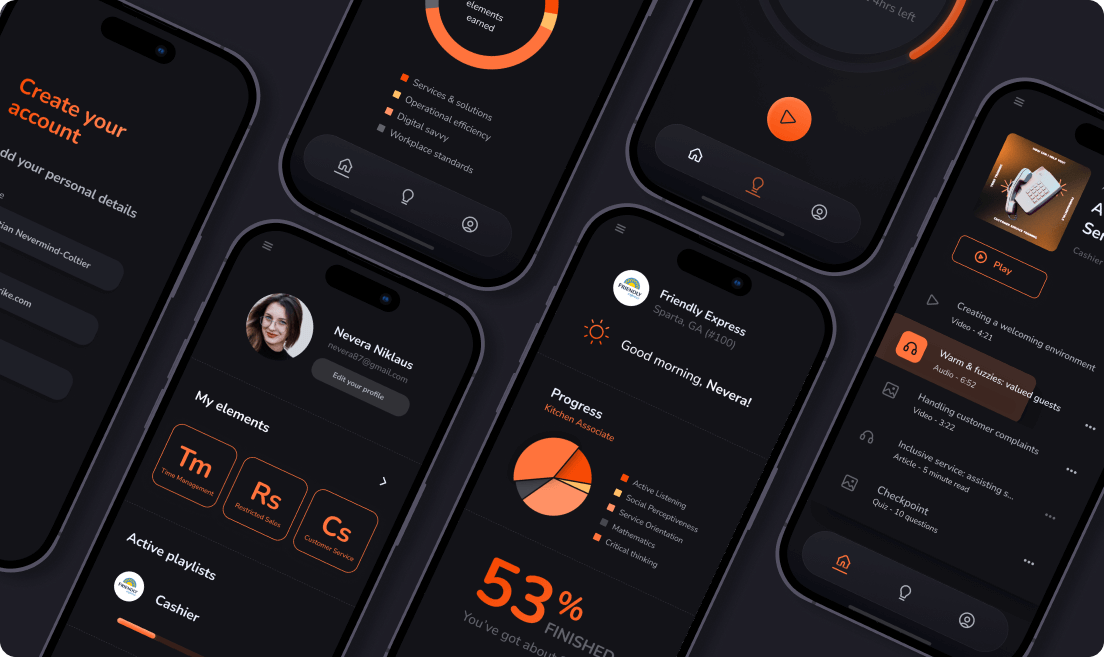
Designing and building an analytics platform tailored for the marine industry, featuring data import, visualization, and an admin panel to manage users and system parameters
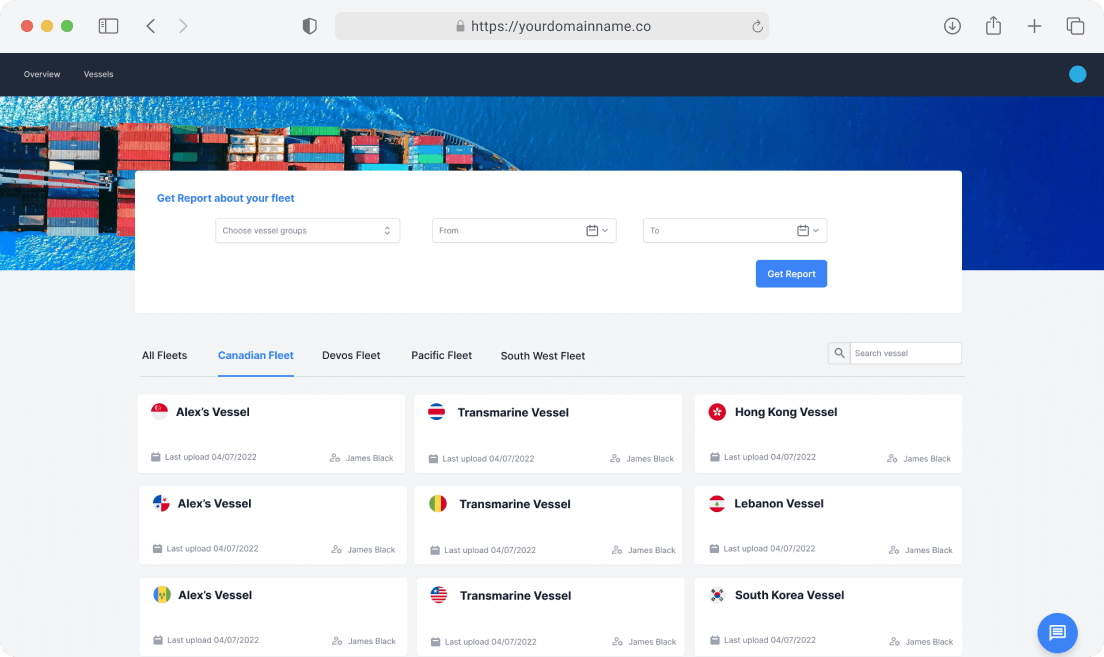


Choosing the right features for your MVP can be challenging but is crucial for its success. The goal is to select the minimum set of features that deliver value to your potential customers, helping you validate your business idea. Here's a step-by-step process to help you make the right choices:
Understand Your Customers: Start by identifying your target audience and understanding their needs and pain points. This will help you determine what features are most important to them. User interviews, surveys, and market research are effective methods to gain this understanding.
Define Your Value Proposition: Your value proposition is the unique value your product offers that sets it apart from competitors. It should directly address the problems or needs of your target customers. The features you choose for your MVP development project should support this value proposition.
Brainstorm Possible Features: With a good understanding of your customers and your value proposition, brainstorm all the possible features your final product could have. Don't limit yourself in this stage; the goal is to think of as many features as possible.
Prioritize: Not all features are equally important. Prioritize them based on their value to the customer, their alignment with your value proposition, and their feasibility. A common method for this is the MoSCoW method, where features are bucketed into "Must have", "Should have", "Could have", and "Won't have".
Select Your Core Features: Based on your prioritization, select the core features for your MVP. These should be the minimum set of features needed to deliver value to the customer and validate your key business assumptions.
Remember, the goal of an MVP in software development is not to have a fully-featured product, but rather to learn about your customers and validate your business idea with the least amount of effort. As you gain more insights and feedback from your customers, you can iterate on your MVP, adding more features over time.
Read More: 7 Most Inspiring Minimum Viable Product (MVP) Examples
The size and scope of a project are the most important factors when budgeting for MVP development services. A small, simple MVP might take a few weeks and cost only a few thousand dollars. A larger, more complex MVP could span several months and tens of thousands of dollars.
By leveraging our boilerplate approach with pre-coded modules (worth $40,000+) and AI-assisted coding, you can save 30–40% on typical MVP budgets. Here are three packages we offer:
Get in touch today, we’ll help you select the right package and prepare a FREE quote tailored for your project.
MVP software development is a complex process, and quality control is essential for successful delivery. At SoftKraft, we ensure quality control throughout your work with us in a number of ways including:
Learn more about our Commitment to Quality.
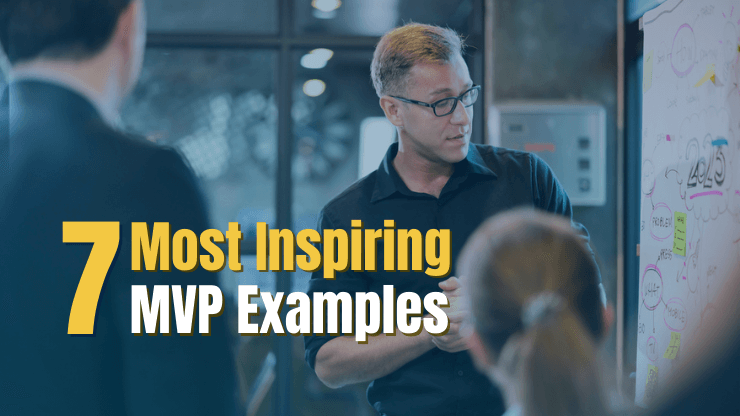

![Building a Minimum Viable Product in 5 Steps [+ Template]](/uploads/blog/how-to-build-a-minimum-viable-product/how-to-build-a-minimum-viable-product.png)
![Product Validation — 12 Ways to Test Your Product [with Examples]](/uploads/blog/product-validation/product-validation.png)
